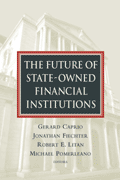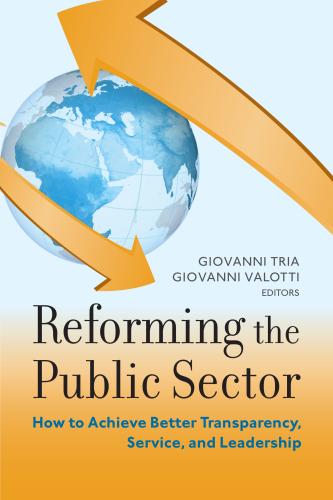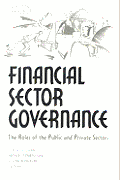EXECUTIVE SUMMARY
The Green Climate Fund’s (GCF) Private Sector Facility can enhance the likelihood of achieving its’ goals of scale-up, transformation and leverage by including individual voting members in its board who bring private sector skills and experience. This would build on growing precedent in the boards of other global funds, as well as in national funds in developing countries.
Benefits of this inclusion can include greater balancing of views from both the private and public sectors. This can in turn protect the public interest while enhancing innovation and leverage, greater cost and value consciousness, and speedier decision-making. However there may be risks including; potential conflicts of interest; those which are associated with constituency-based selections; lack of knowledge of developing country conditions; and lack of trust. While these risks can undermine the effectiveness of engagement, they can be managed through careful design and selection processes.
Finally, while private sector engagement in the governance of institutions which manage public funds is becoming more common in a number of multilateral and national settings, this engagement is not alone sufficient to ensure overall fund effectiveness. Broader lessons from fund governance experiences will need to be factored into the operation of the Green Climate Fund as well as its Private Sector Facility.
The GCF Board, in its design of the Private Sector Facility, should:
- Create dedicated private sector board seats with full voting authority.
- Design rigorous selection criteria and processes to ensure private sector board members are independent and selected on the basis of individual skills and experience, not by constituency.
- Design selection criteria that ensure that at least half of the private sector seats are held by individuals who bring deep experience from markets in the developing countries that the facility will be serving and that they have previous experience with companies or organizations which operate principally in a developing country or region.
- Encourage governments to nominate public sector board members who have private sector experience and skills.
- Balance the number of private sector board seats with those from the public sector, with somewhat more public sector seats to alleviate concerns about adherence to the Facility’s public sector mission.
- Manage conflicts of interests by limiting participation on private sector board seats to individuals who bring private sector skills, but are be no longer engaged in transactions or employed by potential users of the funds.
- Adopt transparent rules for the disclosure of decisions, and for recusal as needed for all Board members.
- Develop a set of complementary measures to broaden private sector engagement. These could include engaging the private sector as fund managers, investment advisors, advisors on technical working groups, technical advisors to funding recipients, and co-financiers.










